Blog
-
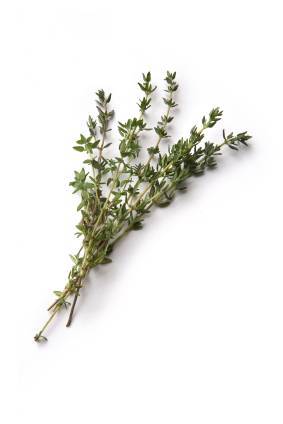
Thyme
(Thymus vulgaris) Thyme is indigenous to the Mediterranean. This plant has a long history of use in natural medicine in connection with chest and respiratory problems including coughs, bronchitis, and...
-
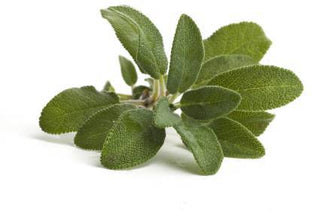
Sage
(Salvia officinalis) The Latin name for sage is salvia which means to heal so given to sage because of its medicinal properties. Sage has been used for centuries as a...
-
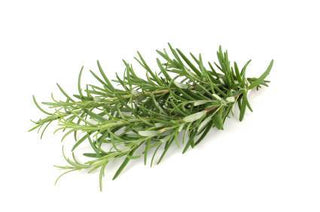
Rosemary
(Rosmarinus officinalis) Rosemary is easily distinguished by its strong, pungent, pine-like scent. Unlike dill or thyme, rosemary must be used sparingly to not overpower a dish. Rosemary is best known...
-
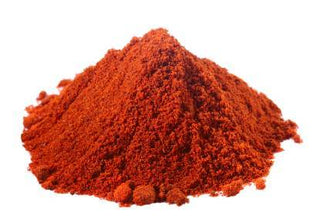
Paprika
(Capiscum annuum) Paprika is a member of Capsicums, flowering plants that bear seeded fruits in the form of sweet and hot peppers. The fruit of Capsicum plants are commonly derived...
-
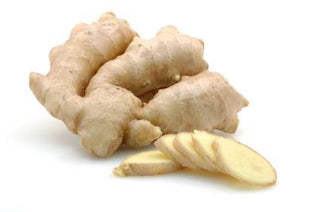
Ginger
(Zingiber officinale) Ginger has been around for thousands of years and is associated with Indian and Chinese cooking. Although technically not a root but a rhizome (horizontal plant stem), ginger...
-
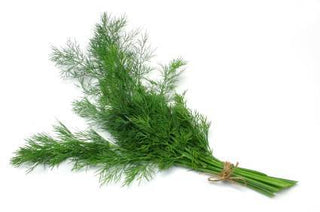
Dill
(Anethum graveolens) The word “dill” comes from the Norse “dilla” meaning “to lull”. Dill tea is used to help lull a person to sleep. The dill plant is used primarily...
-
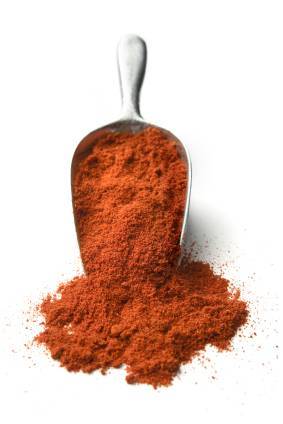
Cayenne Pepper
(Capsicum frutescens) The name cayenne comes from where this spice was believed to originate - the Cayenne region of French Guiana. Cayenne pepper is made from the finely ground seeds...
-
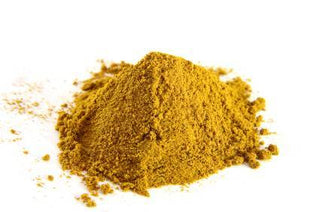
Curry
Curry is not a single herb but a blend of spices. Although curries can differ by color (red, yellow, green) and spice mix, the primary ingredient is turmeric. Other common...
-
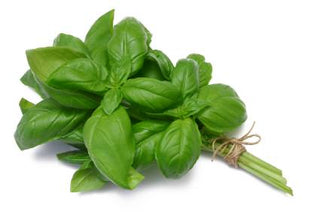
Basil
(Ocimum basilicum) While basil comes in a number of varieties, large-leafed sweet basil is most commonly used in cooking. Other varieties include bush basil, which is less pungent and purple...









